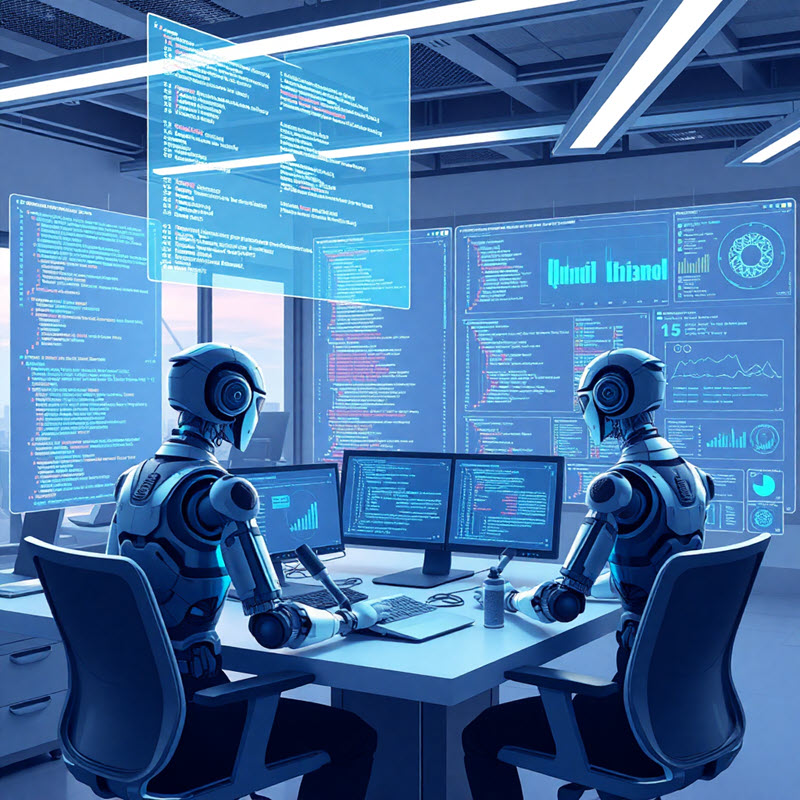
How AI Agents are Changing Software Development?
Last updated: October 28, 2025 Read in fullscreen view
- 25 Nov 2025
 How AI Agents Are Redefining Enterprise Automation and Decision-Making 22/36
How AI Agents Are Redefining Enterprise Automation and Decision-Making 22/36 - 18 Oct 2020
 How to use the "Knowns" and "Unknowns" technique to manage assumptions 21/989
How to use the "Knowns" and "Unknowns" technique to manage assumptions 21/989 - 05 Oct 2025
 The New Facebook Algorithm: A Paradigm Shift in Content Discovery 19/46
The New Facebook Algorithm: A Paradigm Shift in Content Discovery 19/46 - 01 Jul 2025
 The Hidden Costs of Not Adopting AI Agents: Risk of Falling Behind 17/108
The Hidden Costs of Not Adopting AI Agents: Risk of Falling Behind 17/108 - 07 Nov 2025
 Online vs. Offline Machine Learning Courses in South Africa: Which One Should You Pick? 16/30
Online vs. Offline Machine Learning Courses in South Africa: Which One Should You Pick? 16/30 - 01 Oct 2020
 Fail fast, learn faster with Agile methodology 13/973
Fail fast, learn faster with Agile methodology 13/973 - 03 Nov 2023
 Why Is Billable Viable Product An Alternative To Minimum Viable Product? 12/165
Why Is Billable Viable Product An Alternative To Minimum Viable Product? 12/165 - 21 Nov 2025
 The Rise of AgentOps: How Enterprises Are Managing and Scaling AI Agents 12/43
The Rise of AgentOps: How Enterprises Are Managing and Scaling AI Agents 12/43 - 06 Nov 2025
 Top 10 AI Development Companies in the USA to Watch in 2026 10/36
Top 10 AI Development Companies in the USA to Watch in 2026 10/36 - 12 Oct 2022
 14 Common Reasons Software Projects Fail (And How To Avoid Them) 10/504
14 Common Reasons Software Projects Fail (And How To Avoid Them) 10/504 - 21 Sep 2023
 Abraham Wald and the Missing Bullet Holes 9/598
Abraham Wald and the Missing Bullet Holes 9/598 - 30 Jul 2024
 The Future of IT Consulting: Trends and Opportunities 8/131
The Future of IT Consulting: Trends and Opportunities 8/131 - 18 Jul 2024
 The 8 Best ways to Innovate your SAAS Business Model in 2024 8/204
The 8 Best ways to Innovate your SAAS Business Model in 2024 8/204 - 02 Oct 2022
 The Real Factors Behind Bill Gates’ Success: Luck, Skills, or Connections? 8/300
The Real Factors Behind Bill Gates’ Success: Luck, Skills, or Connections? 8/300 - 10 Aug 2024
 Odoo vs. Lark: A Comprehensive Comparison 7/683
Odoo vs. Lark: A Comprehensive Comparison 7/683 - 19 Oct 2021
 Is gold plating good or bad in project management? 7/754
Is gold plating good or bad in project management? 7/754 - 10 Nov 2022
 Poor Code Indicators and How to Improve Your Code? 7/213
Poor Code Indicators and How to Improve Your Code? 7/213 - 28 Jul 2022
 POC, Prototypes, Pilots and MVP: What Are the Differences? 6/606
POC, Prototypes, Pilots and MVP: What Are the Differences? 6/606 - 06 Feb 2021
 Why fail fast and learn fast? 6/375
Why fail fast and learn fast? 6/375 - 13 Oct 2021
 Outsourcing Software Development: MVP, Proof of Concept (POC) and Prototyping. Which is better? 6/424
Outsourcing Software Development: MVP, Proof of Concept (POC) and Prototyping. Which is better? 6/424 - 27 Jul 2024
 Positive Psychology in the Digital Age: Future Directions and Technologies 6/337
Positive Psychology in the Digital Age: Future Directions and Technologies 6/337 - 01 Mar 2023
 Bug Prioritization - What are the 5 levels of priority? 6/207
Bug Prioritization - What are the 5 levels of priority? 6/207 - 14 Aug 2024
 From Steel to Software: The Reluctant Evolution of Japan's Tech Corporates 6/488
From Steel to Software: The Reluctant Evolution of Japan's Tech Corporates 6/488 - 05 Aug 2024
 Revisiting the Mistake That Halted Japan's Software Surge 5/320
Revisiting the Mistake That Halted Japan's Software Surge 5/320 - 05 Mar 2021
 How do you minimize risks when you outsource software development? 5/317
How do you minimize risks when you outsource software development? 5/317 - 11 Oct 2022
 Why choose Billable Viable Product (BVP) over Minimum Viable Product (MVP) 5/315
Why choose Billable Viable Product (BVP) over Minimum Viable Product (MVP) 5/315 - 31 Aug 2022
 What are the best practices for software contract negotiations? 5/215
What are the best practices for software contract negotiations? 5/215 - 24 Dec 2024
 Artificial Intelligence and Cybersecurity: Building Trust in EFL Tutoring 5/144
Artificial Intelligence and Cybersecurity: Building Trust in EFL Tutoring 5/144 - 07 Oct 2025
 Case Study: Using the “Messaging House” Framework to Build a Digital Transformation Roadmap 5/45
Case Study: Using the “Messaging House” Framework to Build a Digital Transformation Roadmap 5/45 - 14 Oct 2021
 Advantages and Disadvantages of Time and Material Contract (T&M) 4/789
Advantages and Disadvantages of Time and Material Contract (T&M) 4/789 - 04 Oct 2022
 Which ERP implementation strategy is right for your business? 4/278
Which ERP implementation strategy is right for your business? 4/278 - 01 Dec 2023
 Laws of Project Management 3/249
Laws of Project Management 3/249 - 18 Aug 2022
 What are the consequences of poor requirements with software development projects? 3/242
What are the consequences of poor requirements with software development projects? 3/242 - 12 Dec 2021
 Zero Sum Games Agile vs. Waterfall Project Management Methods 3/373
Zero Sum Games Agile vs. Waterfall Project Management Methods 3/373 - 18 Jul 2021
 How To Ramp Up An Offshore Software Development Team Quickly 3/516
How To Ramp Up An Offshore Software Development Team Quickly 3/516 - 08 Oct 2022
 KPI - The New Leadership 3/557
KPI - The New Leadership 3/557 - 31 Oct 2021
 Tips to Fail Fast With Outsourcing 3/375
Tips to Fail Fast With Outsourcing 3/375 - 09 Jul 2024
 What Is Artificial Intelligence and How Is It Used Today? 3/216
What Is Artificial Intelligence and How Is It Used Today? 3/216 - 05 Sep 2023
 The Cold Start Problem: How to Start and Scale Network Effects 3/167
The Cold Start Problem: How to Start and Scale Network Effects 3/167 - 09 Oct 2024
 Short-Form Video Advertising: The Secret to Captivating Your Audience 3/107
Short-Form Video Advertising: The Secret to Captivating Your Audience 3/107 - 13 Oct 2025
 Dora AI: Turn Prompts Into Pixel-Perfect Websites-No Code, No Limits 3/18
Dora AI: Turn Prompts Into Pixel-Perfect Websites-No Code, No Limits 3/18 - 28 Nov 2025
 How AI Will Transform Vendor Onboarding and Seller Management in 2026 2/19
How AI Will Transform Vendor Onboarding and Seller Management in 2026 2/19 - 17 Oct 2025
 MLOps vs AIOps: What’s the Difference and Why It Matters 2/66
MLOps vs AIOps: What’s the Difference and Why It Matters 2/66 - 25 Jan 2025
 The Decline of Traditional SaaS and the Rise of AI-first Applications 2/73
The Decline of Traditional SaaS and the Rise of AI-first Applications 2/73 - 17 Mar 2025
 Integrating Salesforce with Yardi: A Guide to Achieving Success in Real Estate Business 2/140
Integrating Salesforce with Yardi: A Guide to Achieving Success in Real Estate Business 2/140 - 21 Apr 2025
 Agent AI in Multimodal Interaction: Transforming Human-Computer Engagement 2/147
Agent AI in Multimodal Interaction: Transforming Human-Computer Engagement 2/147 - 26 Sep 2024
 Successful Project Management Techniques You Need to Look Out For 2/368
Successful Project Management Techniques You Need to Look Out For 2/368 - 05 Jun 2025
 How AI-Driven Computer Vision Is Changing the Face of Retail Analytics 2/77
How AI-Driven Computer Vision Is Changing the Face of Retail Analytics 2/77 - 18 Aug 2024
 The Future of Web Development: Emerging Trends and Technologies Every Developer Should Know 2/173
The Future of Web Development: Emerging Trends and Technologies Every Developer Should Know 2/173 - 04 Oct 2023
 The Future of Work: Harnessing AI Solutions for Business Growth 2/258
The Future of Work: Harnessing AI Solutions for Business Growth 2/258 - 10 Sep 2024
 Leading Remote Teams in Hybrid Work Environments 2/125
Leading Remote Teams in Hybrid Work Environments 2/125 - 01 May 2024
 Warren Buffett’s Golden Rule for Digital Transformation: Avoiding Tech Overload 2/188
Warren Buffett’s Golden Rule for Digital Transformation: Avoiding Tech Overload 2/188 - 21 Aug 2024
 What is Singularity and Its Impact on Businesses? 2/324
What is Singularity and Its Impact on Businesses? 2/324 - 10 Dec 2023
 Pain points of User Acceptance Testing (UAT) 2/416
Pain points of User Acceptance Testing (UAT) 2/416 - 23 Sep 2021
 INFOGRAPHIC: Top 9 Software Outsourcing Mistakes 2/411
INFOGRAPHIC: Top 9 Software Outsourcing Mistakes 2/411 - 17 Feb 2022
 Prioritizing Software Requirements with Kano Analysis 2/280
Prioritizing Software Requirements with Kano Analysis 2/280 - 28 Dec 2021
 8 types of pricing models in software development outsourcing 2/417
8 types of pricing models in software development outsourcing 2/417 - 28 Oct 2022
 Build Operate Transfer (B.O.T) Model in Software Outsourcing 2/361
Build Operate Transfer (B.O.T) Model in Software Outsourcing 2/361 - 04 Oct 2021
 Product Validation: The Key to Developing the Best Product Possible 2/295
Product Validation: The Key to Developing the Best Product Possible 2/295 - 13 Dec 2020
 Move fast, fail fast, fail-safe 2/292
Move fast, fail fast, fail-safe 2/292 - 21 Dec 2023
 Top 12 Low-Code Platforms To Use in 2024 2/1147
Top 12 Low-Code Platforms To Use in 2024 2/1147 - 31 Dec 2022
 The New Normal for Software Development 2/343
The New Normal for Software Development 2/343 - 26 Dec 2023
 Improving Meeting Effectiveness Through the Six Thinking Hats 1/205
Improving Meeting Effectiveness Through the Six Thinking Hats 1/205 - 16 Aug 2022
 What is a Headless CMS? 1/225
What is a Headless CMS? 1/225 - 16 Sep 2022
 Examples Of Augmented Intelligence In Today’s Workplaces Shaping the Business as Usual 1/394
Examples Of Augmented Intelligence In Today’s Workplaces Shaping the Business as Usual 1/394 - 31 Dec 2022
 Future of Software Development Trends and Predictions for 2023 1/120
Future of Software Development Trends and Predictions for 2023 1/120 - 19 Apr 2021
 7 Most Common Time-Wasters For Software Development 1/525
7 Most Common Time-Wasters For Software Development 1/525 - 05 Aug 2024
 Affordable Tech: How Chatbots Enhance Value in Healthcare Software 1/142
Affordable Tech: How Chatbots Enhance Value in Healthcare Software 1/142 - 12 Aug 2024
 Understanding Google Analytics in Mumbai: A Beginner's Guide 1/84
Understanding Google Analytics in Mumbai: A Beginner's Guide 1/84 - 05 Jan 2024
 Easy ASANA tips & tricks for you and your team 1/180
Easy ASANA tips & tricks for you and your team 1/180 - 11 Jan 2024
 What are the Benefits and Limitations of Augmented Intelligence? 1/434
What are the Benefits and Limitations of Augmented Intelligence? 1/434 - 03 Jan 2024
 Why Partnership is important for Growth? 1/145
Why Partnership is important for Growth? 1/145 - 29 Oct 2024
 Top AI Tools and Frameworks You’ll Master in an Artificial Intelligence Course 1/328
Top AI Tools and Frameworks You’ll Master in an Artificial Intelligence Course 1/328 - 22 Nov 2024
 The Role of AI in Enhancing Business Efficiency and Decision-Making 1/154
The Role of AI in Enhancing Business Efficiency and Decision-Making 1/154 - 02 Sep 2024
 Toolzoon Review: Features, Benefits, and Essential Tools for Enhanced Productivity 1/180
Toolzoon Review: Features, Benefits, and Essential Tools for Enhanced Productivity 1/180 - 20 Aug 2025
 What Is Agentic AI? The Next Phase of Artificial Intelligence 1/96
What Is Agentic AI? The Next Phase of Artificial Intelligence 1/96 - 02 Dec 2024
 The Intersection of AI and Business Analytics: Key Concepts to Master in Your Business Analytics Course 1/252
The Intersection of AI and Business Analytics: Key Concepts to Master in Your Business Analytics Course 1/252 - 06 May 2025
 How Machine Learning Is Transforming Data Analytics Workflows 1/148
How Machine Learning Is Transforming Data Analytics Workflows 1/148 - 20 Feb 2025
 How Machine Learning is Shaping the Future of Digital Advertising 1/76
How Machine Learning is Shaping the Future of Digital Advertising 1/76 - 06 Nov 2025
 DataOps: The Next Frontier in Agile Data Management 1/34
DataOps: The Next Frontier in Agile Data Management 1/34 - 16 Sep 2022
 Examples Of Augmented Intelligence In Today’s Workplaces Shaping the Business as Usual 1/394
Examples Of Augmented Intelligence In Today’s Workplaces Shaping the Business as Usual 1/394 - 10 Nov 2025
 Multi-Modal AI Agents: Merging Voice, Text, and Vision for Better CX /33
Multi-Modal AI Agents: Merging Voice, Text, and Vision for Better CX /33 - 24 Oct 2025
 AI Agents in SaaS Platforms: Automating User Support and Onboarding /51
AI Agents in SaaS Platforms: Automating User Support and Onboarding /51 - 09 Sep 2025
 Aligning BI Dashboards with KPIs: A Business + Data Collaboration Guide /50
Aligning BI Dashboards with KPIs: A Business + Data Collaboration Guide /50 - 21 Oct 2024
 Simplify Your Workflow with an AI Summary Generator /101
Simplify Your Workflow with an AI Summary Generator /101 - 27 Aug 2025
 How AI Consulting Is Driving Smarter Diagnostics and Hospital Operations /66
How AI Consulting Is Driving Smarter Diagnostics and Hospital Operations /66 - 15 Aug 2025
 Quantum Technology: Global Challenges and Opportunities for Innovators /56
Quantum Technology: Global Challenges and Opportunities for Innovators /56 - 29 Aug 2025
 How AI Is Transforming Modern Management Science /33
How AI Is Transforming Modern Management Science /33 - 22 Sep 2025
 Why AI Is Critical for Accelerating Drug Discovery in Pharma /53
Why AI Is Critical for Accelerating Drug Discovery in Pharma /53 - 06 Oct 2025
 AI Agents in DevOps: From Automated Runbooks to Self-Healing Pipelines /59
AI Agents in DevOps: From Automated Runbooks to Self-Healing Pipelines /59 - 23 Jun 2025
 AI Avatars in the Metaverse: How Digital Beings Are Redefining Identity and Social Interaction /85
AI Avatars in the Metaverse: How Digital Beings Are Redefining Identity and Social Interaction /85 - 31 Jul 2025
 Top WooCommerce Pre-Order Plugins with Countdown & Discounts /70
Top WooCommerce Pre-Order Plugins with Countdown & Discounts /70 - 06 Mar 2024
 [SemRush] What Are LSI Keywords & Why They Don‘t Matter /131
[SemRush] What Are LSI Keywords & Why They Don‘t Matter /131 - 09 Sep 2024
 How AI Rewriting Can Improve Your Content’s SEO Performance /140
How AI Rewriting Can Improve Your Content’s SEO Performance /140 - 10 Sep 2024
 AI in Email Marketing: Personalization and Automation /154
AI in Email Marketing: Personalization and Automation /154 - 12 Sep 2024
 Be Water, My Friend: Fluidity, Flow & Going With the Flow /149
Be Water, My Friend: Fluidity, Flow & Going With the Flow /149 - 25 Sep 2024
 Enhancing Decision-Making Skills with an MBA: Data-Driven Approaches for Business Growth /177
Enhancing Decision-Making Skills with an MBA: Data-Driven Approaches for Business Growth /177 - 18 Jan 2024
 Self-healing code is the future of software development /200
Self-healing code is the future of software development /200 - 14 Mar 2024
 Why should you opt for software localization from a professional agency? /117
Why should you opt for software localization from a professional agency? /117 - 19 Dec 2023
 How AI is Transforming Software Development? /275
How AI is Transforming Software Development? /275 - 15 Apr 2024
 Weights & Biases: The AI Developer Platform /170
Weights & Biases: The AI Developer Platform /170 - 12 Mar 2024
 How do you create FOMO in software prospects? /127
How do you create FOMO in software prospects? /127 - 19 Oct 2021
 Software development life cycles /628
Software development life cycles /628 - 06 Nov 2019
 How to Access Software Project Size? /236
How to Access Software Project Size? /236 - 31 Dec 2023
 Software Development Outsourcing Trends to Watch Out for in 2024 /160
Software Development Outsourcing Trends to Watch Out for in 2024 /160
Software development is evolving fast, and AI agents are at the center of this transformation. Businesses are no longer relying solely on human developers to write, test, and optimize code. AI-powered agents now assist in everything from automating repetitive tasks to improving software security and performance.
Companies integrating AI-driven development see reduced costs, faster project turnaround, and enhanced software quality. These intelligent agents analyze vast datasets, detect patterns, and make real-time decisions that streamline workflows. Their ability to automate testing, optimize code, and predict software failures is changing how businesses build and maintain digital products.
As AI agents become more advanced, their role in development will continue to expand. The shift isn’t just about efficiency—it’s about redefining how businesses approach software engineering.
How AI Agents Are Changing Software Development?
AI agents are reshaping software development by introducing automation, intelligence, and efficiency across the entire lifecycle. From writing and reviewing code to optimizing software performance, these agents are reducing manual effort, cutting costs, and improving product quality. Businesses leveraging AI-driven software development see faster turnaround times, improved accuracy, and better scalability.
Here’s a detailed look at how AI agents are driving transforming software development:
AI-Driven Code Generation and Optimization
AI-powered tools like GitHub Copilot and Tabnine assist developers by suggesting code snippets, automating repetitive tasks, and even generating entire functions. These agents analyze existing code bases and industry best practices to provide optimized solutions.
- Software developers spend less time on boilerplate coding and more on innovation.
- AI detects inefficiencies in real-time and suggests improvements.
- Code readability and maintainability improve as AI enforces best practices.
Businesses using AI-driven coding tools experience shorter software development life cycles and higher code accuracy, reducing overall project costs.
Automated Testing and Debugging
AI agents revolutionize software testing by automating test case generation, bug detection, and code debugging. Tools like Diffblue and Testim use machine learning to identify errors before deployment.
- AI generates thousands of test cases in minutes, reducing human effort.
- Predictive debugging helps identify potential failures before they occur.
- Self-healing test scripts adapt to software changes, reducing maintenance overhead.
By catching errors early, businesses reduce post-release failures, leading to higher software reliability and fewer costly patches.
AI in Software Maintenance and Upgrades
Legacy systems often require continuous updates, refactoring, and optimizations. AI agents simplify maintenance by identifying outdated code structures and suggesting modern alternatives.
- AI automates code refactoring, reducing technical debt.
- Predictive maintenance anticipates system failures, preventing downtime.
- AI suggests performance enhancements based on user behavior and system analytics.
With AI managing software upkeep, businesses can extend the lifespan of applications and ensure they remain efficient over time.
AI-Powered Project and Workflow Management
Project management tools integrated with AI agents help teams organize workflows, track progress, and optimize resource allocation. Platforms like Jira AI and ClickUp leverage AI to enhance decision-making.
- AI analyzes historical project data to improve time estimates.
- Intelligent task automation reduces manual backlog management.
- AI detects bottlenecks, ensuring smooth sprint execution.
This results in better efficiency, reduced delays, and improved collaboration across software teams.
Security Enhancement and Threat Detection
Cybersecurity threats continue to evolve, making software security a critical concern. AI-driven security tools monitor applications, detect vulnerabilities, and automate compliance enforcement.
- AI scans millions of lines of code for security gaps in real-time.
- Automated security patches ensure faster response to vulnerabilities.
- AI detects anomalies in user behavior, preventing cyberattacks.
By incorporating AI into security measures, businesses strengthen data protection and regulatory compliance.
Intelligent Software Deployment with AI-Powered DevOps
AI streamlines DevOps by automating software deployment, monitoring, and infrastructure management. AI-driven CI/CD pipelines improve speed and stability in software development processes.
- AI automates code integration, testing, and deployment.
- Self-learning DevOps tools identify system inefficiencies and suggest improvements.
- AI-powered monitoring tools predict server downtimes and optimize performance.
With AI-driven DevOps, businesses reduce system failures, minimize downtime, and enhance deployment efficiency.
AI in User Experience (UX) Optimization
AI agents help software applications adapt to user behavior, providing more intuitive and engaging experiences.
- AI-driven analytics personalize user interfaces based on behavior patterns.
- Chatbots and virtual assistants enhance real-time user interactions.
- AI optimizes app navigation and responsiveness, improving retention rates.
By leveraging AI-driven UX enhancements, businesses increase user engagement and customer satisfaction.
AI-Powered Scalability and Performance Optimization
AI agents ensure software applications remain scalable as business needs evolve. Cloud-based AI solutions dynamically manage resources to optimize performance.
- AI predicts traffic spikes and allocates server resources accordingly.
- Automated performance monitoring optimizes application response times.
- AI enhances database efficiency, reducing query response times.
With AI-driven scalability solutions, businesses ensure smooth application performance under varying loads.
Reducing Developer Workload and Bridging Skill Gaps
AI doesn’t replace software developers but enhances productivity by automating repetitive coding tasks and assisting junior developers with best practices.
- AI-generated documentation reduces onboarding time for new developers.
- Smart code reviews help maintain coding standards across teams.
- AI bridges the skill gap by providing real-time coding assistance.
This results in higher team efficiency and better software output without increasing labor costs.
Competitive Advantage Through AI-Driven Development
Businesses integrating AI in software development gain a significant edge over competitors. AI-powered development leads to:
- Faster time-to-market for software products.
- Lower operational costs through automation.
- Higher software quality with predictive analytics and AI-driven optimizations.
By adopting AI, companies future-proof their software development strategies and stay ahead of industry trends.
AI agents are no longer a supporting tool—they are becoming central to modern software engineering. From automating tedious coding tasks to ensuring software security and performance, AI is reshaping how businesses build, test, and deploy software. As AI continues to evolve, its role in software development will only expand. Companies that embrace AI-driven development of software solutions will innovate faster, reduce costs, and deliver superior software solutions.
Conclusion
AI agents are no longer just supporting tools in software development. They are active contributors, automating complex tasks, improving efficiency, and enhancing software quality. Businesses integrating AI-driven development see faster deployment, reduced costs, and better scalability.
From writing and optimizing code to managing software security and performance, AI agents are streamlining every stage of software development. Automated testing reduces human effort, predictive analytics improve decision-making, and AI-powered DevOps ensures smoother deployments. These advancements are not just improving workflows—they are shaping the future of software engineering.
As AI continues to evolve, its role in software development will expand. Businesses that adopt AI-driven software solutions will stay competitive, delivering faster and more reliable applications. Many top AI development companies are already leading this transformation, helping businesses integrate AI agents into their workflows. The shift toward AI-powered software development is well underway, and businesses that leverage these innovations will be better positioned for long-term success.





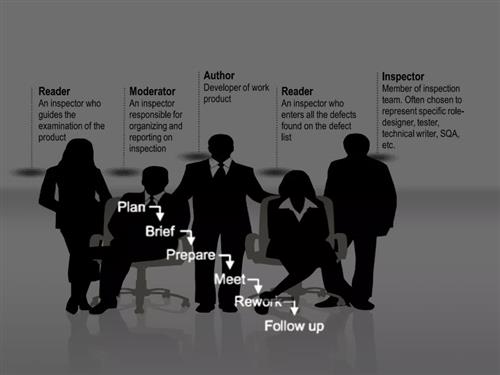
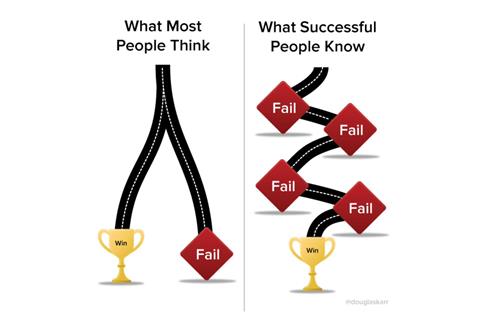

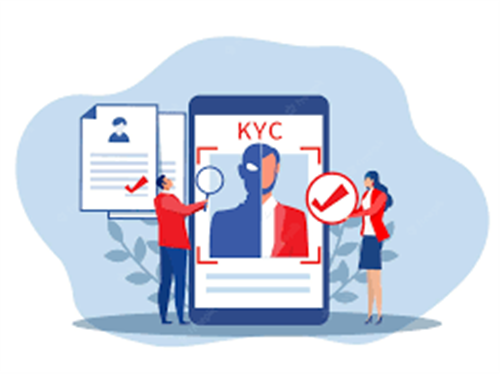
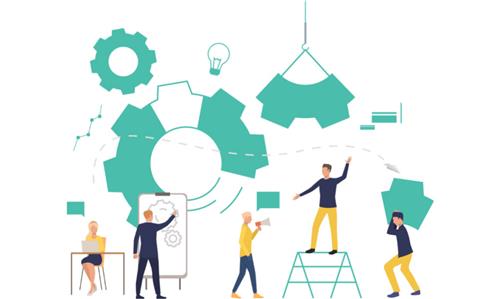
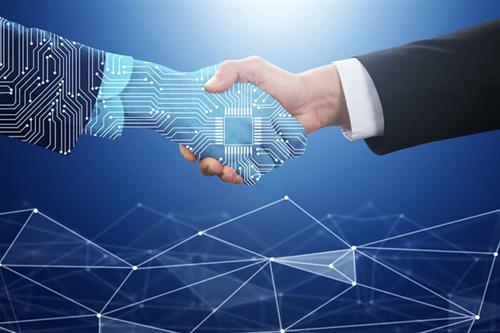


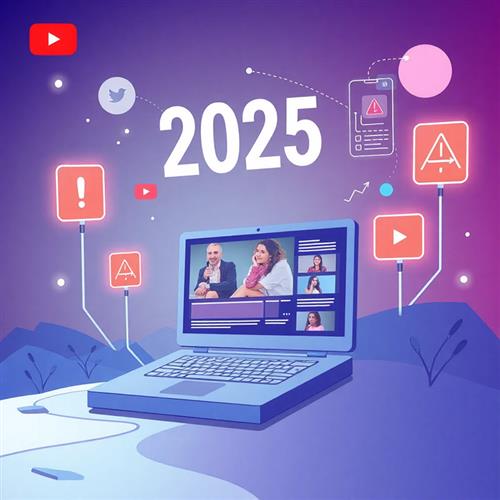
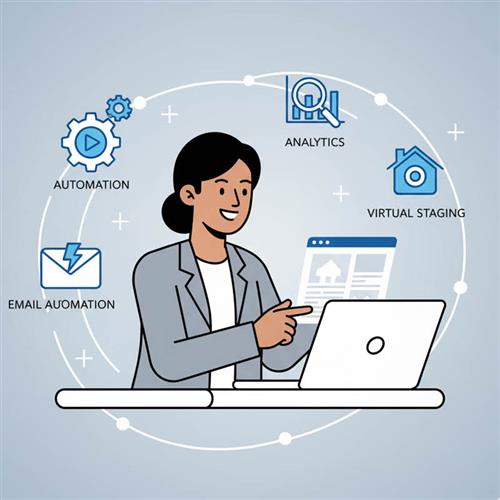





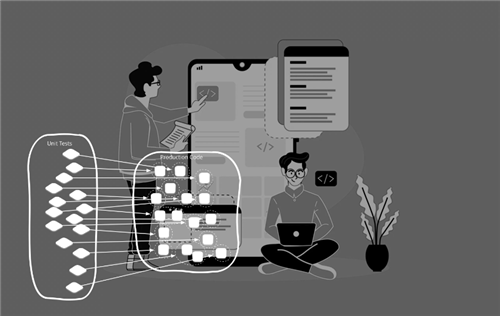

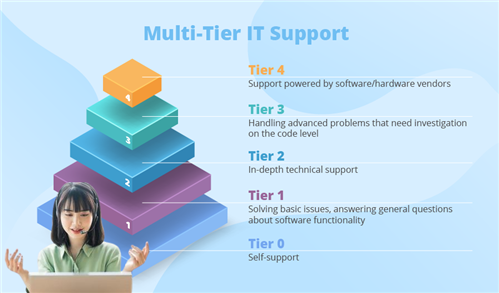
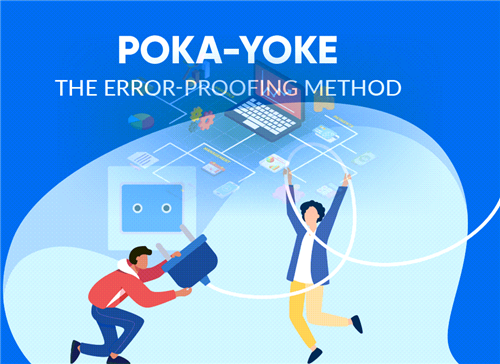
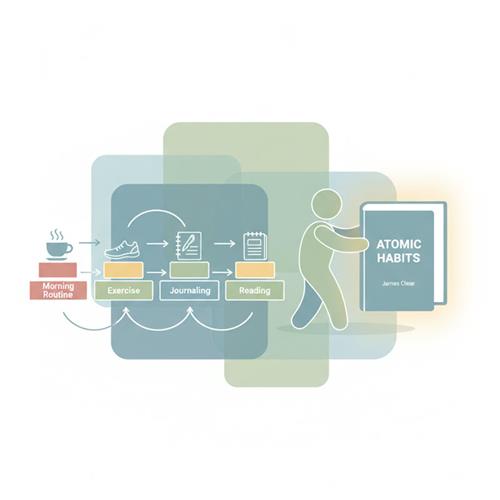









 Link copied!
Link copied!
 Recently Updated News
Recently Updated News